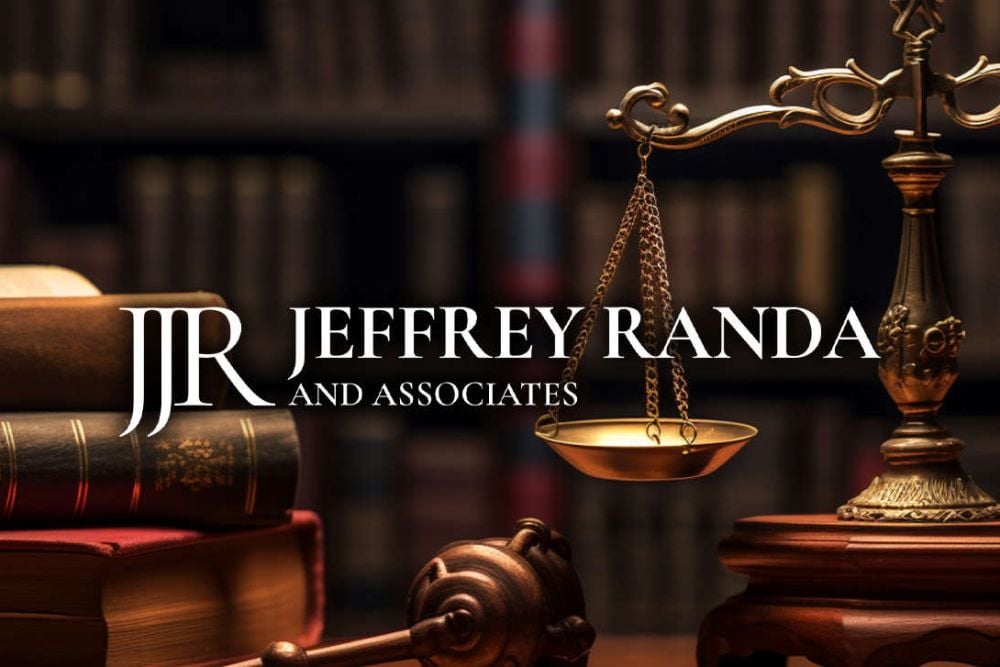The Stop, The Arrest and The Evidence

OWI cases follow a certain protocol. One of the most important parts of that is the traffic stop, meaning the reason for the stop itself. Not every DUI case begins with a stop, however. Many people ultimately arrested for a DUI first come into contact with the police because of an accident, or in some other situation where they are not actually driving the car. Once the police pull you over for something, or otherwise make contact with a “driver,” everything is supposed to be done by the book.
But That Doesn’t Always Happen
Not many police officers are going to say they pulled a car over for no reason. This is why a skilled Detroit DUI lawyer has to investigate all the facts leading up to and surrounding the first instance of police contact. Even if you don’t recall being stopped for exactly what they claim you were doing, the police are not going to say they were just bored and looking for someone to pull over for the fun of it.
The majority of DUI arrests begin with the police officer noticing signs of intoxication, or some kind of erratic, illegal, or suspicious driving. The driver is pulled over, and subsequently asked out of the vehicle.
Next come what are called field sobriety tests, which are tests like walking heel to toe, touching your nose with your index finger with your arm held out at arms length, reciting a specific part of the alphabet without singing it, and counting backwards from one number to another. Examining which of these tests were used, how they were demonstrated. or explained, and, most importantly, the surface and weather conditions under which they were performed is critically important to determining if they present any evidentiary value in the police decision to arrest someone. A DUI attorney must really assess if the way the police administered the tests and the client’s performance of them is reliable or not. Many medical conditions can affect a person’s ability to pass these tests, even in the absence of any alcohol consumption.
Sometimes, the police officer will have your follow a light with your eyes. This is called the Horizontal Gaze Nystagmus (HGN) Test, and is usually reliable to determine if a person has consumed alcohol, although that does not necessarily mean he or she is “over the limit.” The proper administration of this test requires specific and specialized training.
Anyone who fails one or more of these tests is then put in the back of the police car and is next given a PBT, or preliminary breath test. This portable unit gives a reading of a person’s breath alcohol level. When you are over the limit, or close to it (.08 in all states) you will find yourself under arrest and getting a ride to the police station.
At the police station, you will next be asked to take another breath test on a larger machine. This is called the Datamaster, and it is supposed to be much more accurate than the portable unit. If you have been charged with drunk driving and did not refuse to take this test, then you may have been sent home later with, among other things, a large slip of paper that looks like and over-sized store receipt. This is your Datamaster result.
This is another prime area where evidence can be challenged and a Detroit DUI lawyer can win their cases. There are many experts who will testify about various accuracy problems with this machine. Depending on who you believe, this machine can be anywhere from extremely accurate, to fairly inaccurate. When a person blows into this machine and gets a result under, right on, or very close to the legal limit, theses experts might be able to convince a jury, depending on a number of other circumstances, such as the time between the traffic stop and the time you blew into the machine, that the reading is unreliable as a determination of what your actual bodily alcohol content (BAC) was at the time you were driving. The Datamaster machine is sensitive, however, and must be regularly calibrated and maintained.
In cases where this evidence is genuinely disputable in your favor, or otherwise questionable, I will always challenge it. This is how cases are won. If a Judge or jury cannot trust this evidence, then you could be found “not guilty” of the DUI charge.
Of course, there are loads of other scenarios where you might question the police evidence against you. Sometimes these cases involve being arrested for a DUI after the car has been parked, and no one is in it. Other times, a person may be sitting in a parked car, with the ignition off. Interestingly, in Michigan, sitting behind the wheel of a car, with the keys in the ignition, but the car not running, in a place publicly accessible, (like in a parking lot, or on the side of the road) is enough to sustain a DUI charge and get a person convicted.
If the breath result is accurate or high enough to survive a legal challenge, and if there is no real way to effectively challenge the police stop of your vehicle, or the other circumstances of your arrest, then minimizing the potential consequences of a DUI becomes the first order of business. This is when your Michigan DUI lawyer will begin talking about plea bargains, or sentence bargains. It is often at this phase that we begin looking at a reduction from the OWI charge to the reduced charge of impaired driving.
The point is that every aspect of a DUI case should be examined very closely. Sometimes the biggest breaks come where you’d least expect to find them, but you’ll never find them if you don’t look in the first place. I’ll thoroughly evaluate and investigate your case and tell you honestly if there is a way out of it.
When you don’t have a clear way out, then it’s time to look for the most effective damage control, and nobody does that better than me and my team. In any situation, we can help you in more ways than you can imagine. Even in the cases that appear hopeless, lots can be done to spare you unnecessary misery.

Our consultations are free and our cases are handled on a “flat-fee” basis with upfront fees!


